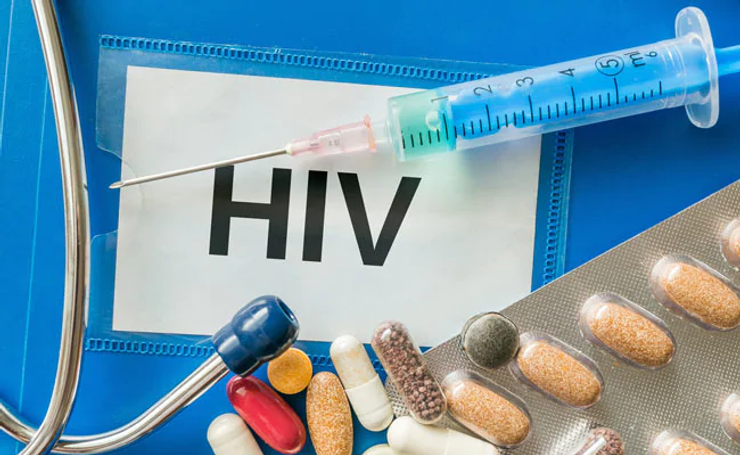By: Andrea Yan
A 66-year-old man with HIV, who wishes to keep his identity private, has been in remission for one and a half years after a transplant of stem cells containing a rare mutation. He is being treated at the City of Hope research center in California
The City of Hope patient says “[w]hen I was diagnosed with HIV in 1988, like many others, I thought it was a death sentence. I never thought I would see the day that I no longer have HIV” about his remission.
The mutation present in the stem cells of the donor is rare: 1 in 100 people that are of northern European descent have it, which means that this method of treatment is not readily available for the 38 million people with HIV. However, this treatment is more than a potential cure. “The message to people living with HIV is that his is a signal of hope. It is feasible. It has been replicated again. It’s also a signal that the scientific community is really engaged with trying to solve this puzzle” says Eileen Scully, a professor at Johns Hopkins School of Medicine.
The mutation in the donor cells, CCR5-delta 32, prevents individuals who have it from getting HIV by closing the doorway the virus uses to enter the immune system. This type of transplant was first used in 2007 in Berlin on patient Timothy Ray Brown. He did not have a detectable level of HIV after the transplant was done. He later died of reasons unrelated to his HIV.
Scientists are currently working on using a gene-editing tool to close the doorway the viruses use inside of the human body in the same way the CCR5 mutation does. The challenges of gene editing inside a human body is that doctors must be able to target the right cells while also being sure not to affect other genes.
Link to article:











